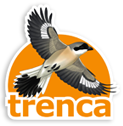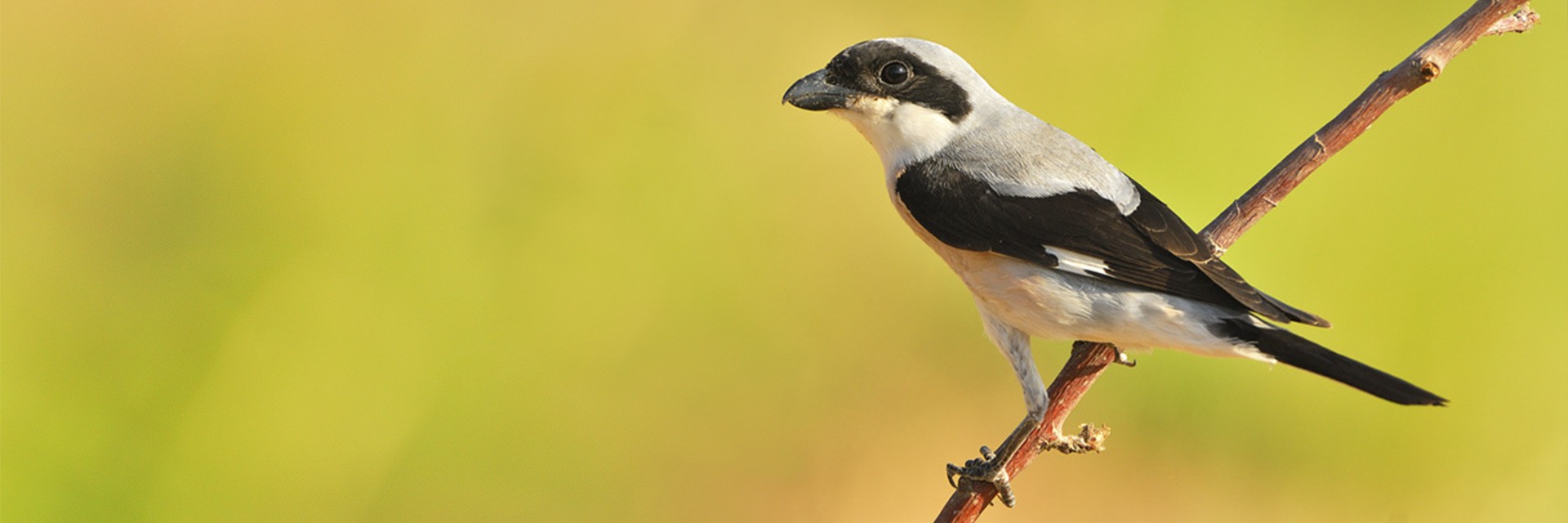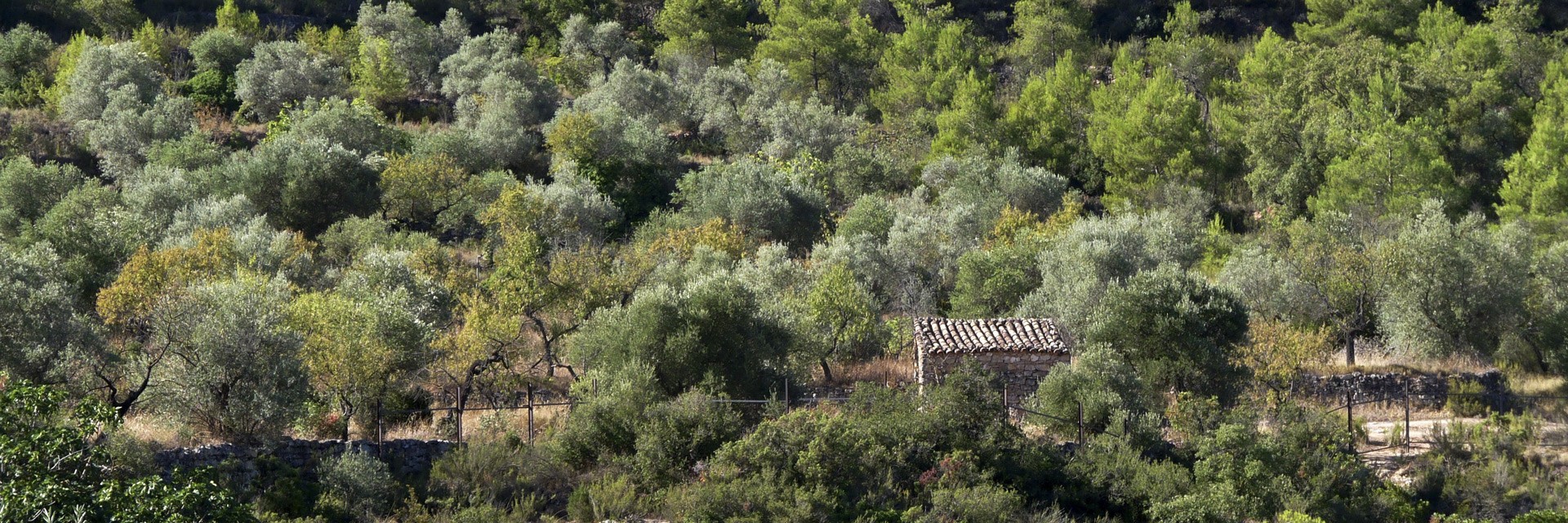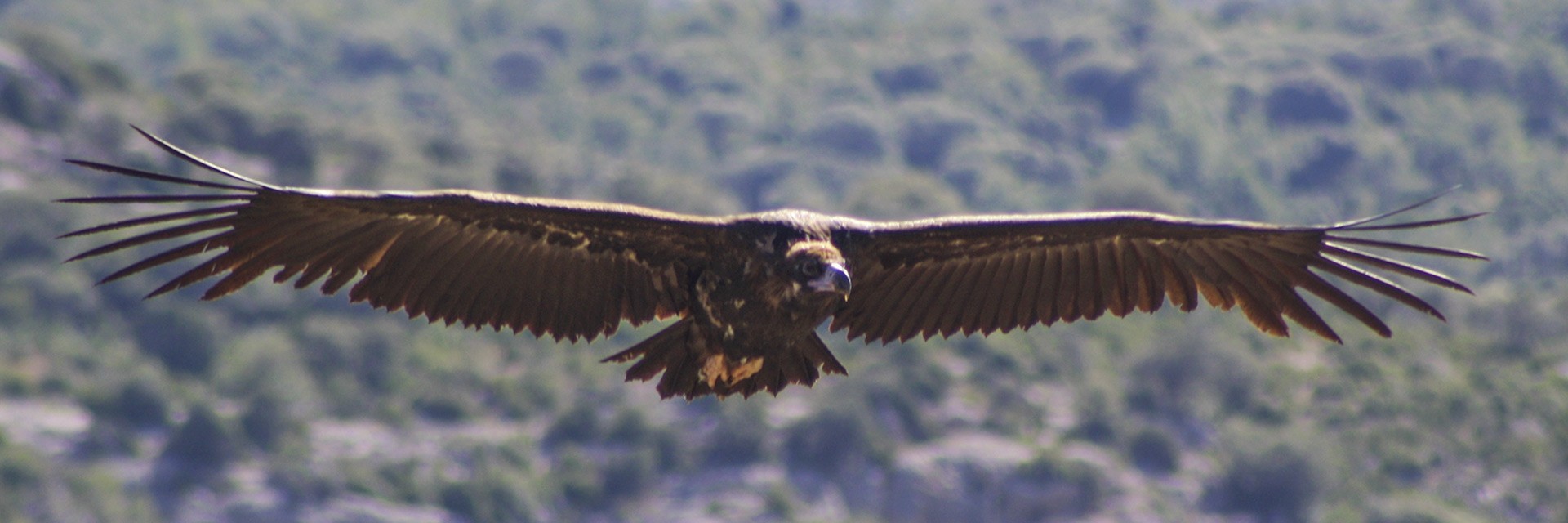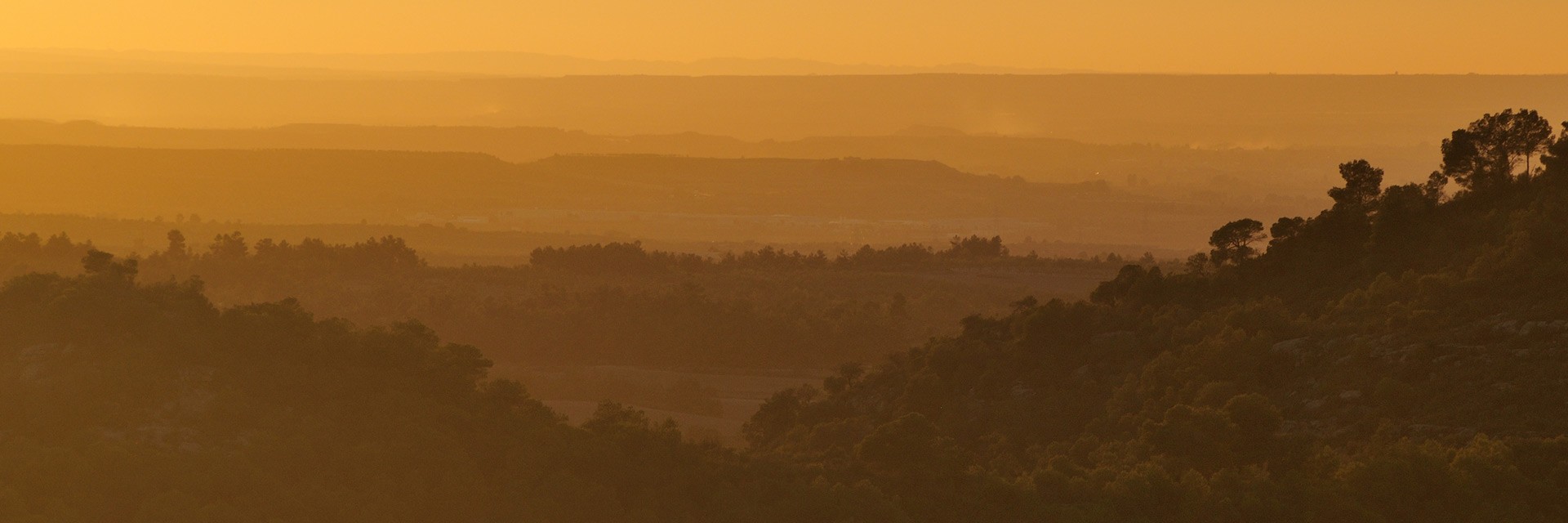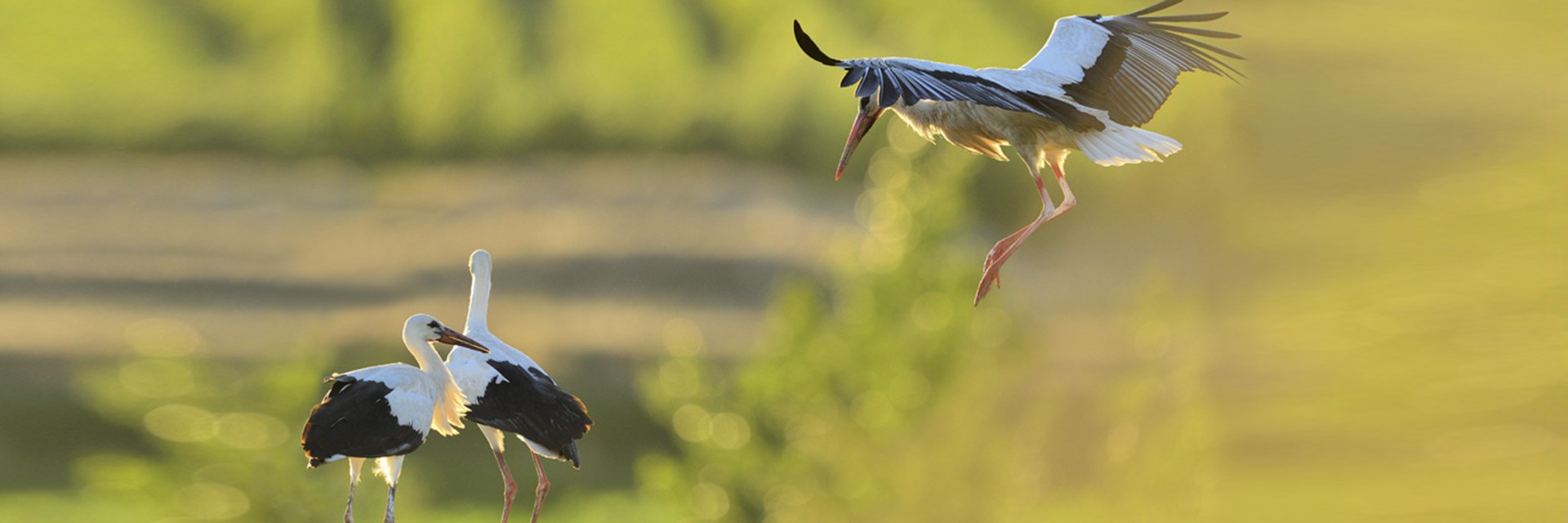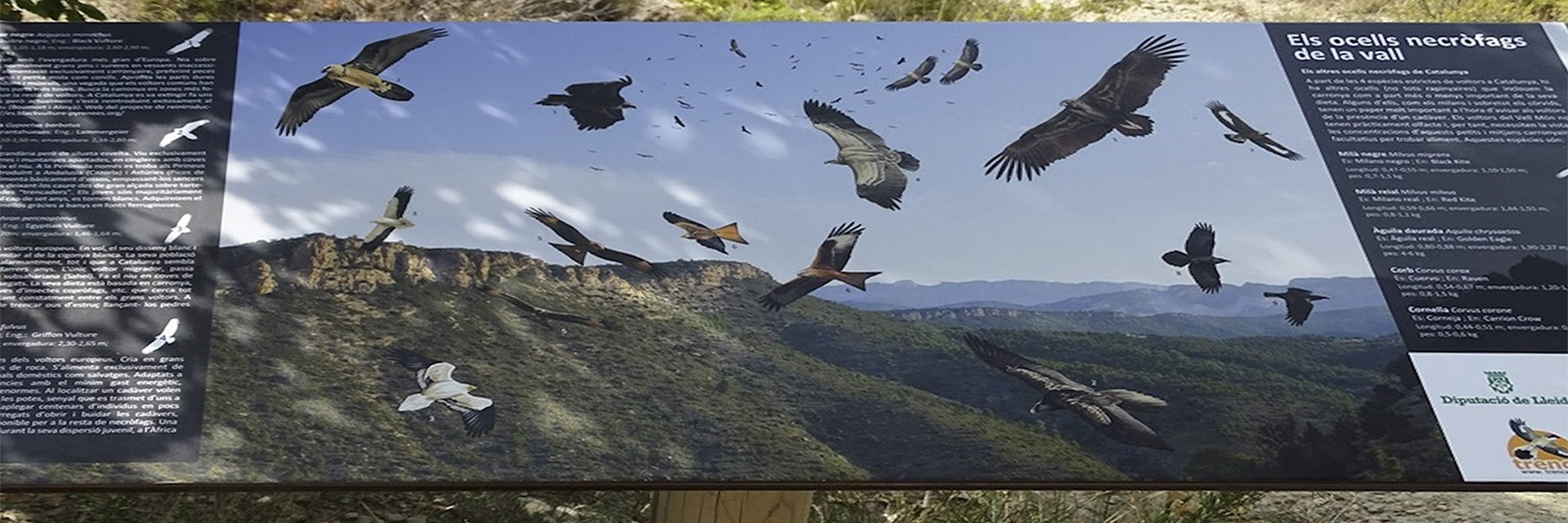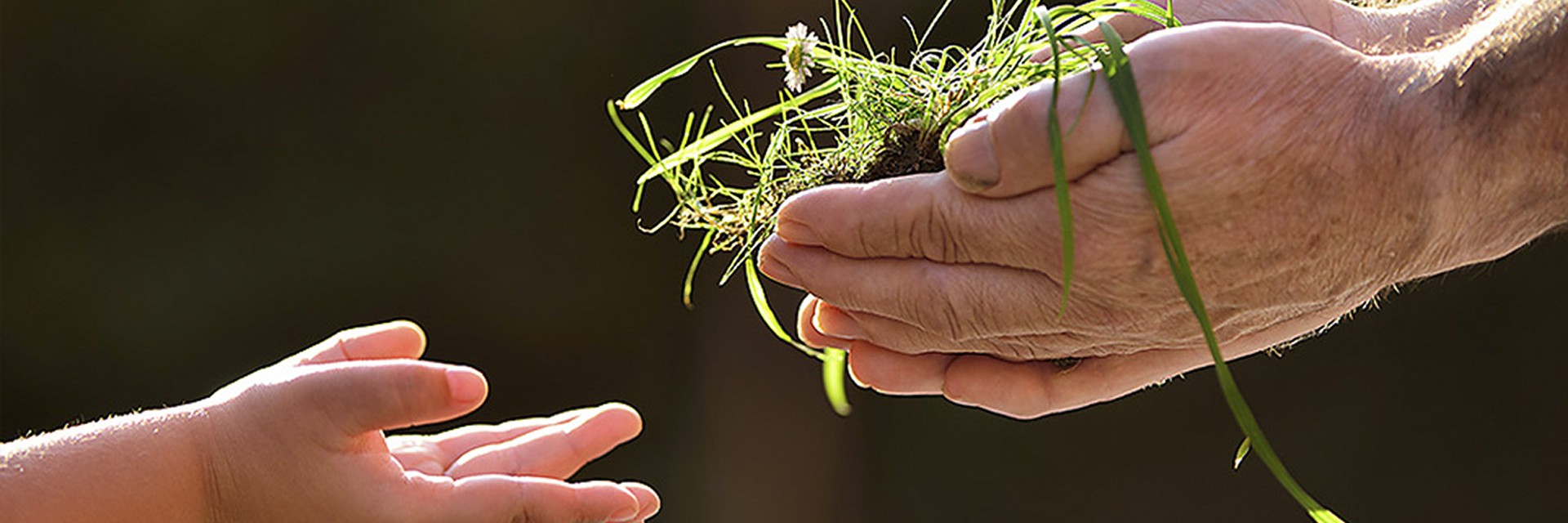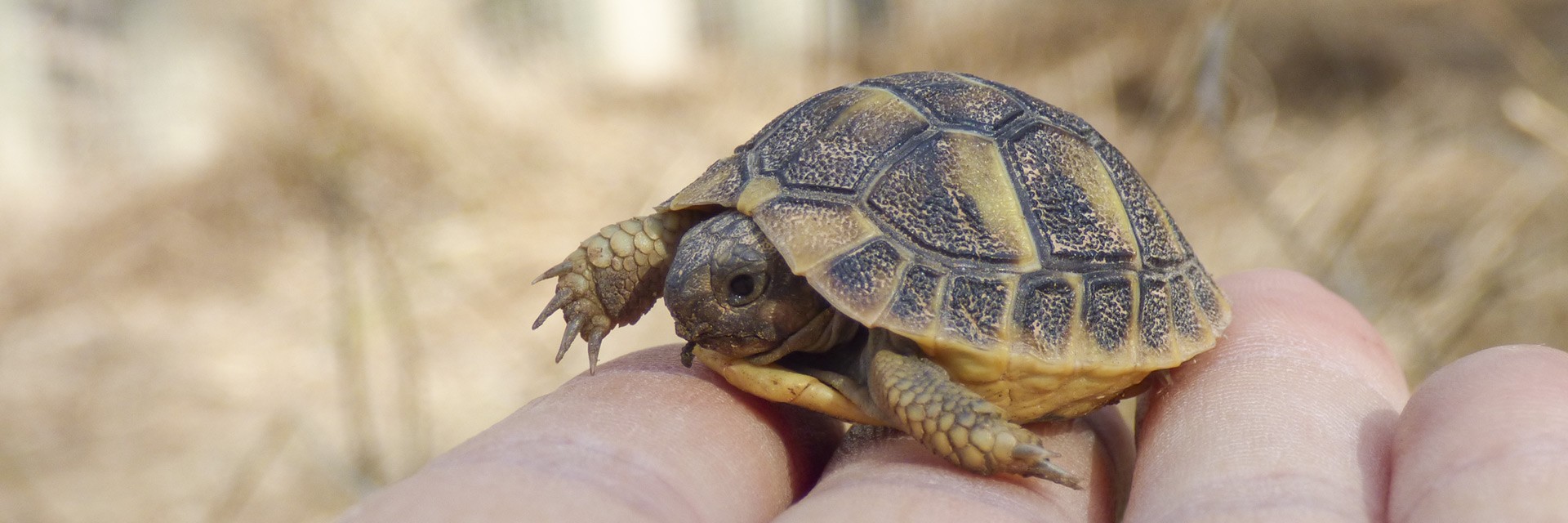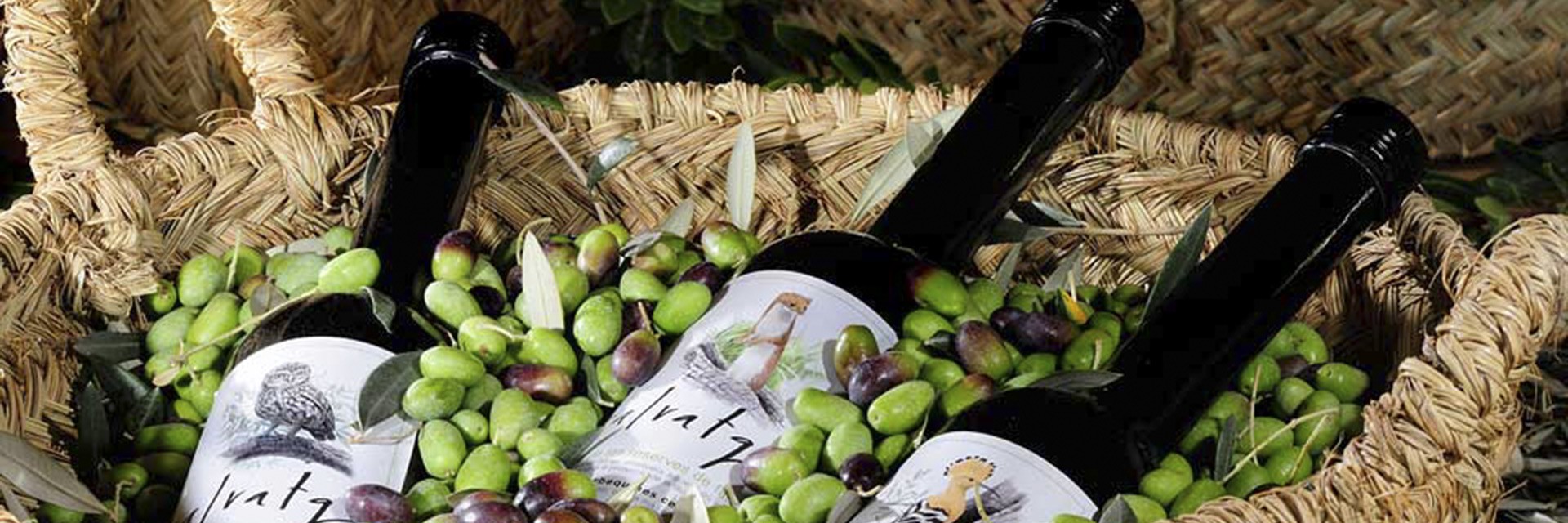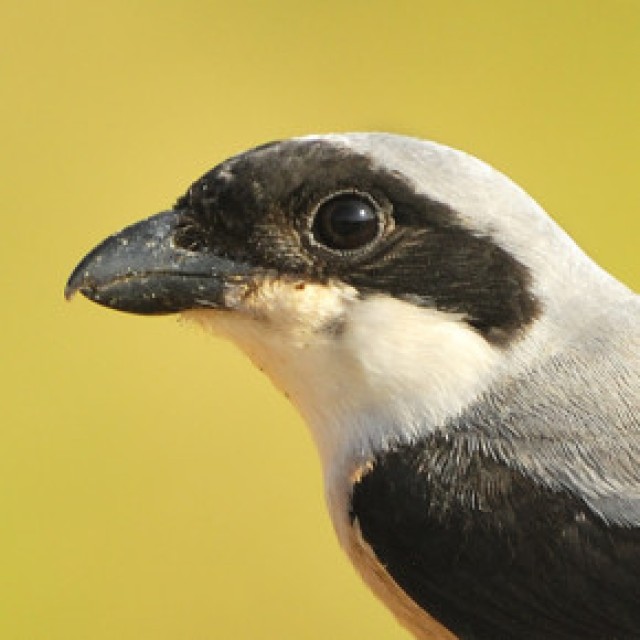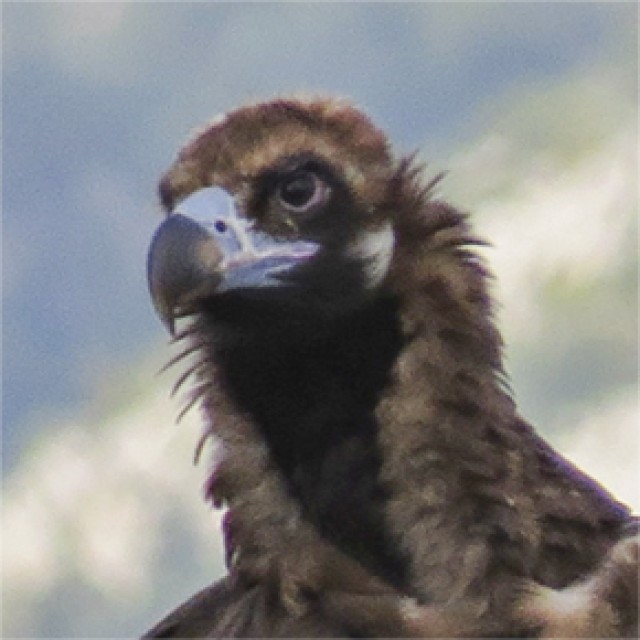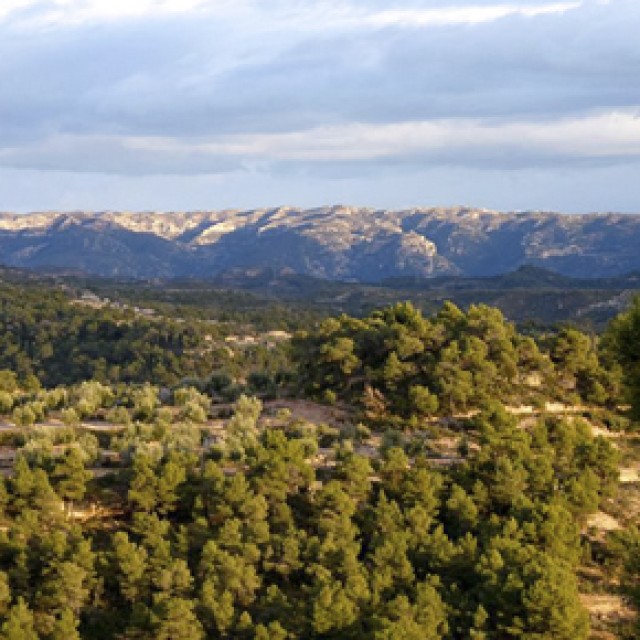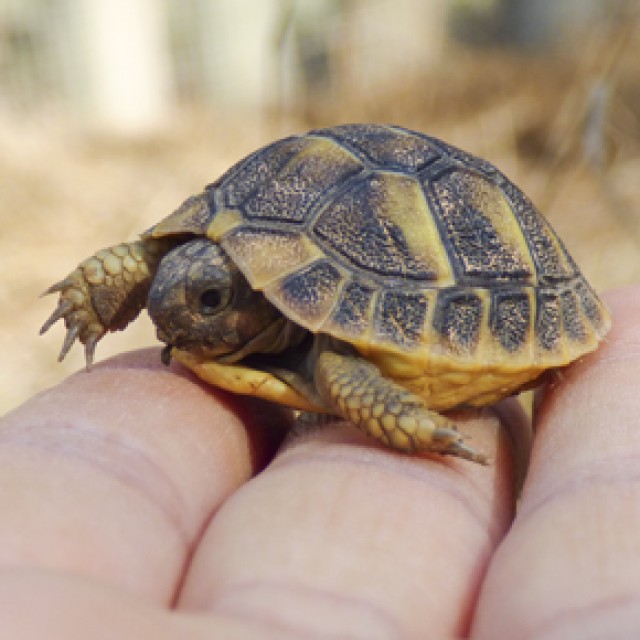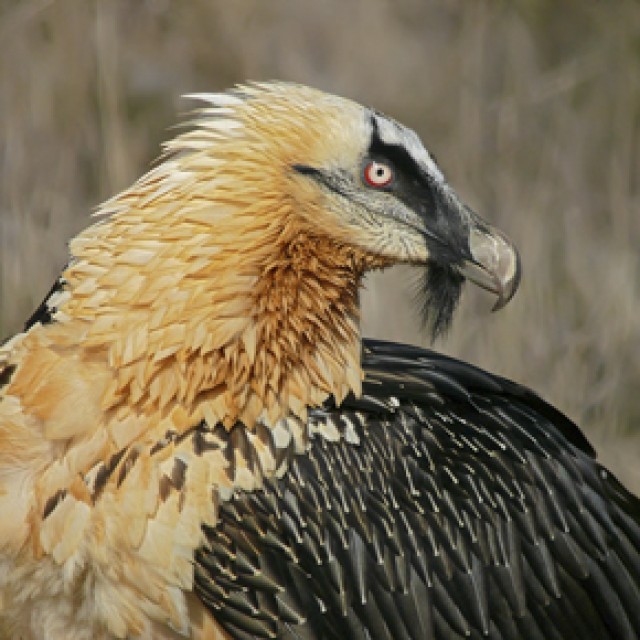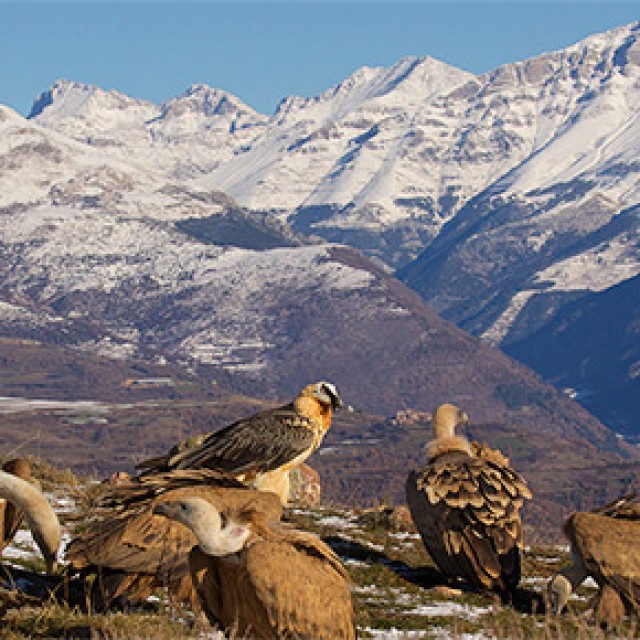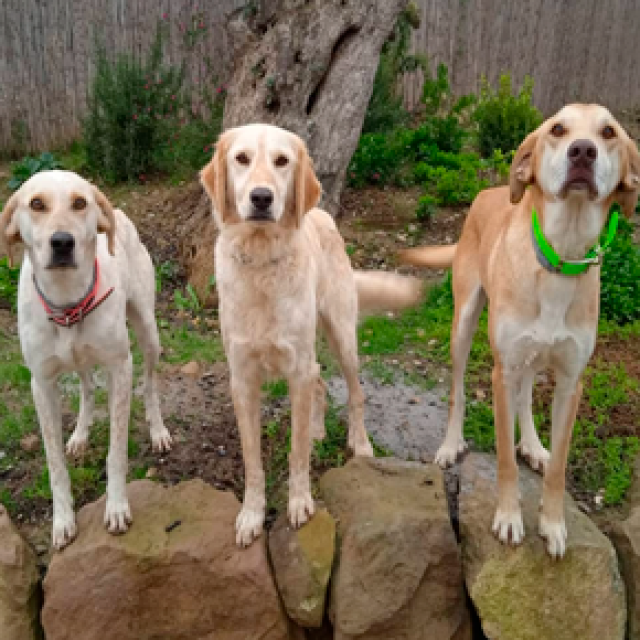Latest News

As many other long distance migrants, the Lesser Grey Shrike didn’t do well this breeding season in Spain. In contrast with the historic results of the 2017 season, we didn’t have any breeding pair in 2018, although a minimum of six birds (including two males) came back to Lleida from their winter grounds in Southern Africa. Everything seemed to start very well, with the first birds showing up on 8th May onwards, extremely early for the species in NE Spain (they usually arrive by the end of May or begining of June). It happened the same with its cousin, the Red-backed Shrike, as both of them migrate through Eastern Europe instead of using the Western Mediterranean route. But the extremely rainy and cold spring in Spain and in Lleida in particular didn’t help to the LGS. After several weeks with no males, the females dispersed. The two males arrived later, one of them defending a territory in a place where the species doesn’t breed since the early 90’s and the other one even later, just when the first juveniles were released. So too late to breed… About to end the season, 95 juveniles born in captivity have been released by hacking and the work now is focused in equipping some of them with data-loggers as well as reading the colour rings they wear and that help us to know their survival rates.
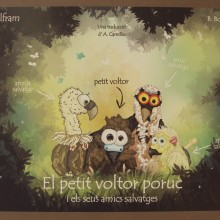
Throughout this school year, and as a second consecutive year, the Rural Nature Association, with the support of the Trenca Association, will impart several talks in Huesca’s schools, with the aim of disseminate the Reintroduction Project of the Black Vulture in the Pyrenees. Anna Vives, our educator, will impart workshops to learn about the four European vultures: Bearded, Black, Griffon and Egyptian. During the workshop, trough the manipulation and experimentation, the children will build together the identity of each of the four species, discovering step by step, aspects of their physical features (feathers), bredding biology (eggs), feeding behaviour (pellets) and their conservation problems (rings). The workshop lasts between one and a half and two hours, and ends with a gift: a nice tail about vultures, edited by Trenca, that will remain in the school’s library. During the last year, we visited 20 schools, reaching 653 children! it was been a great experience for us! If you would like that we visit perform a this workshop in your school, please get in touch with us trough info[@]trenca.org
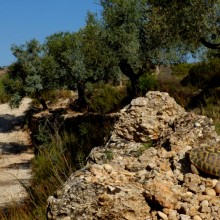
For the second consecutive year, the Hermann’s Tortoise has bred in the Vall Major of Bovera (SW Catalonia), thanks to the Reinforcement Project carried out in the area by CRARC (Catalonian Amphibians and Reptiles Recovery Center) in collaboration with the Trenca NGO. We have great news! For the second consecutive year we have found pups of Hermann’s Tortoise in this area of the Garrigues (SW Catalonia). That means that the habitat is suitable for the species after releasing 60 adult individuals during the last year and a half. Turtles have a biological cycle marked by the seasons: From the end of October until mid March they hibernate; After their spring activation they mate and lay eggs during June and early July, so the eggs hatch between August and September. The little tortoises born this year have been feeding and now they are already digging their shelters to spend the winter in state of lethargy (hibernation) © M.Gálvez / Trenca There are many dangers that haunt Hermann’s Tortoise such as fire, predation, habitat loss and plunder. It is an autochthonous species and therefore its collection in nature and maintenance in captivity is illegal and is punishable by heavy fines. If you find a Hermann’s Tortoise, leave it where it is and do not cause discomfort, thank you very much! This proposal is supported by Montsant Natural Parc, CRARC (Recovery Center of Amphibians and Reptiles of Catalonia), Bovera Council, Fundación Biodiversidad (Spanish Goverment), Club EMAS, Balearic Islands Goverment, GOB Menorca and ENDESA. Trenca Association and CRARC are responsible for release, control and monitoring.
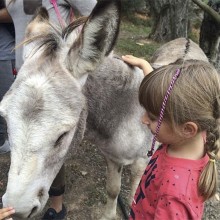
Last Saturday we organized an opened doors day to show our “Mountain Olive Plantation” Project and release Mediterranean Turtles. We did enjoy a wonderful day in this typical Mediterranean environment, always accompanied by donkeys (our ecological mower) that delighted children and adults. The CRARC (Reptiles and Amphibians Catalan Recovery Center) biologists offered an interesting talk on the Mediterranean Turtle biology, just before releasing 30 of them in the TRENCA landstate. This is part of the Reinforcement Project of the Reintroduction of the Mediterranean Turtle in the Montsant Natural Park. More than 50 turtles were released last year in the same area, and we already saw juveniles born in the wild! We also had a guided walk through the landstate, explaining our biodiversity projects with the ecological oil, even offering a tasting. All the children and adults assisting to the event had two books, edited by TRENCA, about the Hedgehog and the wetllands of Lleida province. If you want to collaborate with the project and be updated about our next activities, joining the Trenca ONG or buy our ecological olive oil “Salvatge”. More info: Mountain olive grove and biodiversity
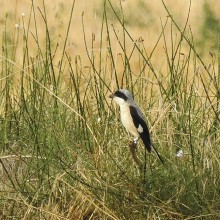
The breeding season of the Lesser Grey Shrike in 2017 has undoubtedly been the best of the last 10 years in Spain: a minimum of 19 birds arrived in Lleida, the last breeding population in the whole Iberian peninsula. 17 of them were released in the framework of the Lesser Grey Shrike Conservation Project (14 in 2016, two in 2015 and one in 2014). Another two birds were born in the wild, also in Lleida, one in 2011 and the other one in 2016. The return rate has therefore been one of the highest since the beginning of the project in 2009, with 11.7%, higher than the overall average (8.4%). In addition, four Lesser Grey Shrikes were observed in other parts of Catalonia during spring-summer of 2017 all of them being migrants from other European populations. Due to the strong bias of the sex ratio in favor of males (13 vs. 6), six breeding pairs have been formed. We would have to look back until 2007 to find a higher number of pairs. The sum of extreme environmental factors (storms) plus possible depredations of adults and chicks has caused the flight rate to be very low, only 1.3 chicks / couple(4 chicks in total). Another milestone is the recovery of the old breeding center of Artesa-Castelldans, in the surroundings of the Channel of Urgell. One of the six couples has bred not far from where the last couples of this nucleus did it in 2009. Both birds of the pair were released in Alfés in 2016. 77 chicks born in captivity in The Lesser Grey Shrike Breeding Center (Vallcalent, Lleida) have been released at two points: Torreribera landstate and Alfés, both spaces under the protection of the Natura 2000 Network and with custody agreements signed between the owners and TRENCA NGO. Since the beginning of the releases in 2009, 470 Lesser Grey Shrike chicks have been released, of which a minimum of 33 individuals have returned (8.4%, n = 394). For the third year in a row, 18 shrikes (6 adults and 12 chicks) have been tagged with data-loggers with the aim of studying the migration and knowing the possible causes of the decline outside our bounderies. Only one adult has returned wearing the geolocator, but it was not possible to retrap and download the data of the device. TRENCA has been working for several years in the conservation of this species, through the protection of the last breeding pairs and the conservation of the breeding habitat as well as reinforcing the population thanks to an ambitious captive breeding project. This project is possible thanks to the collaboration of the Captive Breeding Center of Vallcalent (Lleida), run by the Catalan Government as well as the financial assistance of Fundación Biodiversidad (Spanish Government), the Catalan Government and the Barcelona Zoo. WWF Spain contributes to the project offering technical advice, finding financial assitance and spreading the project’s achievements.
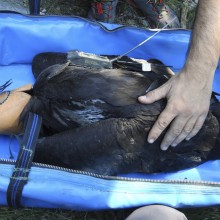
At the begining of July the five chicks of Black Vulture born this year in Catalonia (Boumort Reserve, Prepyrenees of Lleida) were banded. This colony is the only one in the whole Pyrenees, and it was created thanks to the BV Reintroduction Project started in 2008. 12 of the 14 territorial pairs at the begining of the breeding season layed eggs and of these, seven hatched and five arrived at the end of their development. The chicks were banded when they were 80 days old. They were equipped with GPS and GSM transmitters, fixed on their backs using an harness, put by a specialized ringer. The data that these devices generate is really important since it allows the biologist to track every single movement of the black vultures and so, study the juvenile dispersion areas and threats of the Catalan BV colony as well as finding the birds in case of accident or death. One of the good news this year is that two pairs with some failed breeding attempts last seasons, have been able to raise their chicks finally. The reintroduction project of the Black Vulture in the Pyrenees is promoted by the Departament d’Agricultura, Ramaderia, Pesca, Alimentació i Medi Natural de la Generalitat de Catalunya, and Fundació Catalunya–La Pedrera. GREFA and Trenca are involved in the assisment and implementation of the Project, together with the staff of the NHR of Boumort. Obra Social “La Caixa” (with the support of Generalitat de Catalunya)Fundación Biodiversidad and REE participate in a remarkable manner to the financing of the project.
Help us keep the Lesser Grey Shrike
With your help we can work more for the conservation of this species



